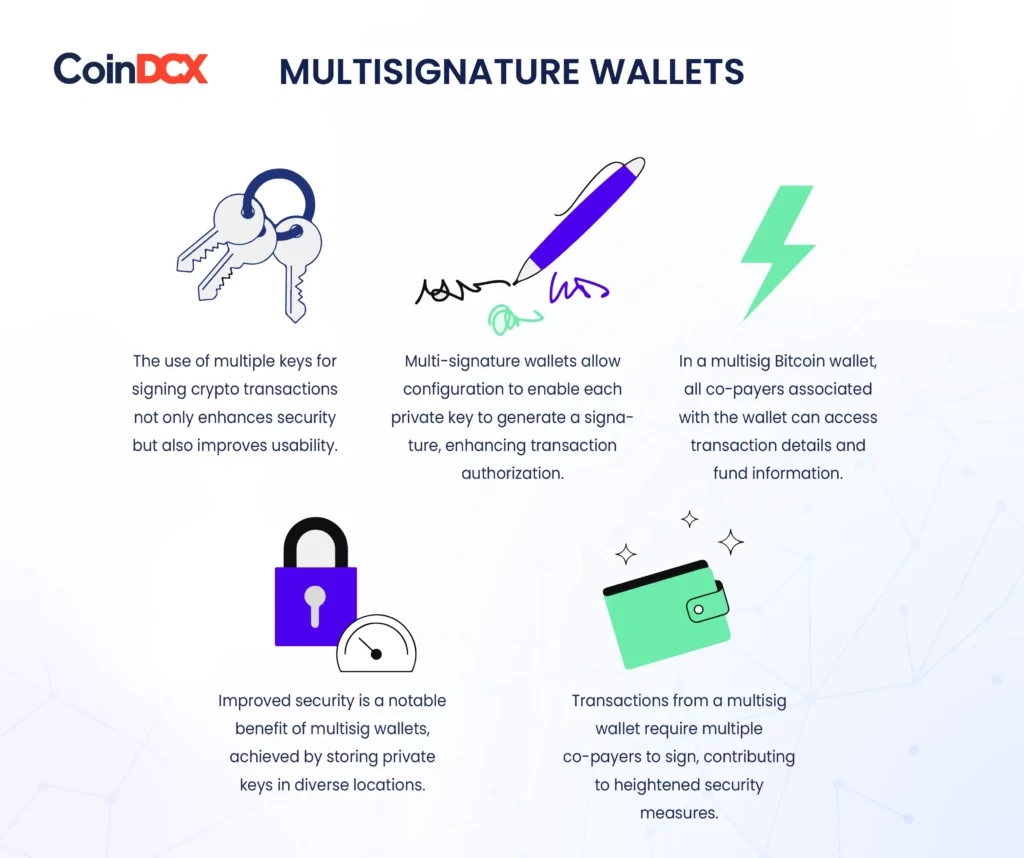Introduction: Why Secure Storage of Cryptocurrency Matters
Learning how to store cryptocurrency securely is the first step for any crypto investor, whether dabbling in Bitcoin or building a long-term Ethereum position. Unlike traditional bank accounts, cryptocurrencies are entirely digital—and with that comes unique risks. Loss of access, theft, and irreversible transactions are daily concerns in the crypto space.
As decentralized finance (DeFi) grows, so does the responsibility placed on users to protect their own assets. Without the safety net of banks or insurance, understanding wallet types and security methods becomes critical.
How to Store Cryptocurrency: What Is a Crypto Wallet?
At its core, a cryptocurrency wallet is a tool to store the private keys that allow access to digital assets on a blockchain. There’s a common misconception that wallets hold the crypto itself—they don’t. Instead, they grant permission to move or spend it.
Wallets come in two main forms: hot and cold. Hot wallets are connected to the internet and are commonly used for active trading. Cold wallets, by contrast, are kept offline and are better suited for long-term asset protection.
| Wallet Type | Description | Internet Connection | Best For |
|---|---|---|---|
| Hot Wallets | Software wallets on phones, browsers, or desktops | Yes | Active use, trading |
| Cold Wallets | Offline tools like hardware or paper wallets | No | Long-term secure storage |
Both have pros and cons, and choosing between them depends on how often you transact and how much you’re securing.
Cold Wallets vs. Hot Wallets: Weighing the Risk
Hot wallets offer convenience. With apps like MetaMask or Exodus, users can quickly access their portfolios, trade tokens, or interact with decentralized apps (dApps). They’re ideal for beginners and daily users. However, the downside is exposure—being online makes them vulnerable to hacks, malware, and phishing attacks. Even popular wallets have been exploited, with users losing assets through fraudulent browser extensions and malicious updates.
Cold wallets, like Ledger Nano or Trezor, significantly reduce this risk. These hardware devices store private keys offline and must be physically connected to authorize any transaction. For anyone holding a sizable portfolio, especially for months or years, cold storage offers peace of mind. Even in the event of a computer breach, funds remain untouched.
Wallet Options for New Users
For beginners, usability matters. Many choose to start with a hot wallet that offers a simple interface. Exodus and Trust Wallet are known for their beginner-friendly designs and multi-asset support. MetaMask is favored for Ethereum and Web3 use, though it requires some familiarity with networks and gas fees.
As your investment grows, moving funds to a cold wallet becomes sensible. Devices like the Ledger Nano S Plus and Trezor One are among the most accessible options. They support thousands of coins, offer strong community trust, and can be paired with software interfaces for ease of use.
Instead of jumping straight into the most secure (and expensive) options, new users can test the waters with hot wallets before making the shift to cold storage.
Private Keys: The Core of Crypto Ownership
Private keys are what give you control over your crypto. If someone else gains access to them, your assets can be stolen instantly—without warning or recovery.
Storing private keys safely means keeping them offline. Never upload them to cloud services or messaging apps. Avoid screenshots or saving them in email drafts. The most secure options include writing down your seed phrase and storing it in multiple physical locations. For added protection, some users turn to metal seed phrase storage plates, designed to survive fire, water, and corrosion.
Wallets with built-in encryption add an additional layer of protection. Many also allow biometric access and PIN codes to prevent unauthorized access.
Backing Up Your Wallet: Your Safety Net

Credit from Unchained Capital
Every wallet generates a seed phrase, typically 12 to 24 randomly generated words. This is the master key to restore your wallet on any device if it’s lost, stolen, or corrupted.
To back it up properly, write your seed phrase on paper or etch it onto a durable surface. Then store it in a place where it can’t be easily lost, damaged, or accessed by others. Consider spreading backups across multiple secure locations, like a home safe and a safety deposit box. For institutional use, some firms even divide the phrase between trusted parties.
Avoid the temptation to photograph or type it—it defeats the purpose of secure offline backup.
How to Store Cryptocurrency: Security Measures Beyond Wallets
Proper storage goes beyond picking the right wallet. Practicing good digital hygiene can make the difference between keeping and losing your assets.
Avoid public Wi-Fi when accessing wallets, and keep your devices updated with the latest security patches. Two-factor authentication (2FA) should be enabled on all relevant accounts, including email and exchange platforms. Always download wallet apps and software from official sources, and verify links before clicking.
Many users fall prey to phishing scams through fake websites or fraudulent airdrops. In 2023 alone, losses from such scams exceeded $100 million across major blockchain networks.
Even something as simple as a fake browser extension has emptied entire wallets. Take your time. Verify. Trust nothing by default.
How to Choose the Right Crypto Wallet for You
When choosing a wallet, think about your goals. Are you investing for the long term or trading frequently? Do you want to interact with DeFi protocols or simply store Bitcoin and forget about it?
If frequent transactions are your focus, a hot wallet with a clean interface and strong 2FA protection is a good starting point. For long-term savings, cold storage—especially with a hardware wallet—offers higher protection. Some investors also opt for multi-signature wallets, which require multiple people or devices to approve any transaction, adding a layer of organizational control.
Institutional investors or high-net-worth individuals may also explore custodial services like Coinbase Custody or Fireblocks, which offer advanced compliance and security features.
Offline and Multi-Signature Storage Options

For users with high security needs, advanced offline solutions exist. Paper wallets, once popular, involve printing your private key and storing it physically. While cheap, they are prone to damage or misplacement.
A more modern option is the air-gapped device, a computer or hardware wallet that never connects to the internet, used only for signing transactions offline. Some users also configure multi-signature wallets using services like Casa or Electrum, which split transaction authorization between several parties—ideal for teams, organizations, or estate planning.
Each of these options comes with trade-offs in complexity and cost, but for large holdings, the protection can be worth it.
Conclusion: Confidence Through Control to Store Cryptocurrency Securely
Understanding how to store cryptocurrency securely isn’t just about avoiding theft—it’s about gaining control. With the right tools, good habits, and a thoughtful strategy, your digital assets can be just as safe as money in the bank—if not safer. Whether you’re holding a few hundred dollars or building a long-term digital estate, your wallet is your vault. Make sure it’s locked tight.



